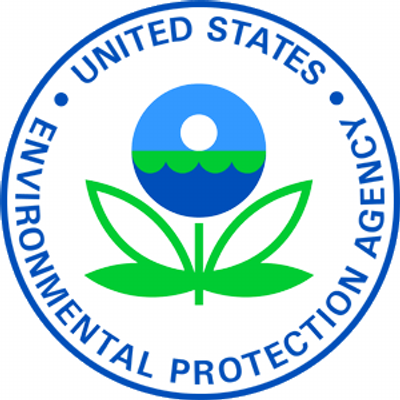Environmental Protection Agency Seeks To Loosen Regulations On Radiation Exposure
The Trump administration does not like government regulations. For the past two years, many different federal regulations have been eliminated by the Executive Branch. The Environmental Protection Agency (EPA) has been removing important regulations that have to do with the health of the public and the environment. Just recently, regulations on shipment of shale oil in trains and emission of mercury by power plants are being relaxed. Now the EPA is talking about relaxing regulations that have to do with exposure to radiation.
Current government guidelines follow the linear no-threshold model for radiation exposure. This model says that NO amount of radiation exposure is without risk and as the amount of radiation goes up, the amount of risk goes up at the same rate. Quite often, it will be argued by organizations which generate radiation that the amount they are responsible for is smaller than natural background radiation and, therefore, no threat to health. But by the linear no-threshold model, this is just wrong. ANY radiation from human sources adds to the risk of the natural background radiation.
Supporters of new EPA proposals with respect to radiation say that the current government rules of no-tolerance for radiation damage forces companies that handle radioactive materials to spend unnecessary money to deal with possible radiation exposure resulting from accidents at nuclear power plants, industrial facilities and medical facilities.
EPA guidelines online from this March with respect to radiation effects state, “Current science suggests there is some cancer risk from any exposure to radiation. Even exposures below 100 millisieverts” — an amount roughly equivalent to 25 chest X-rays or about 14 CT chest scans — slightly increase the risk of getting cancer in the future.” That online information was edited last July. A section was added that said that the odds of getting cancer from a small dose of radiation were very low. The new section said, “According to radiation safety experts, radiation exposures of ...100 millisieverts usually result in no harmful health effects, because radiation below these levels is a minor contributor to our overall cancer risk.”
Edward Calabrese is a toxicologist at the University of Massachusetts. He is going to be a lead witness at a Congressional hearing scheduled for next Wednesday to consider the new EPA proposal.
Calabrese and other supporters of new EPA guidelines for radiation exposure claim that small exposure to cell-damaging radiation could act as stressors that activate the repair mechanisms of the human body. This would result in making people healthier. They say that it is comparable to physical exercise or exposure to sunlight. Calabrese has suggested that the mainstream scientific consensus on radiation exposure is based on deceptive science and needs to be corrected.
A spokesperson for the EPA produced an email that said that the proposed rule changes were in the interest of “increasing transparency on assumptions” about the impact of different doses of dangerous substances on human health. The email also said that it “acknowledges uncertainty regarding health effects at low doses.” The EPA supports further research on this subject.
Jan Beyea is a physicist with the National Academies of Science who has researched the Fukushima nuclear disaster in Japan in March of 2011. He said that the position that the EPA is now taking on radiation exposure represents ideas “generally dismissed by the great bulk of scientists.” He also said that the new EPA proposal would result in “increases in chemical and radiation exposures in the workplace, home and outdoor environment, including the vicinity of Superfund sites.”
The EPA has been drifting away from using respected science to guide their regulatory activities. It needs to go back to being science-based before U.S. citizens are harmed by the relaxation of important limits on exposure to radiation.
